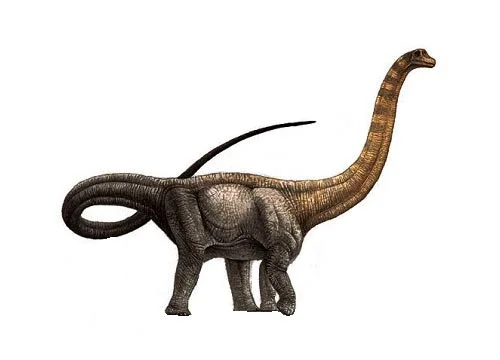Hypselosaurus (Highest lizard)

Hip-sel-lo-sore-us
Matheron - 1868
Herbivore
Estimated 15 meters long
Sauropod
H. priscus (type)
France and Spain
Late Cretaceous, 70 million years ago
Hypselosaurus Facts
Hypselosaurus, also known as the “highest lizard,” was a genus of herbivorous dinosaur that lived during the Late Cretaceous period, around 70 million years ago. It was a member of the group of long-necked dinosaurs known as sauropods, which were some of the largest animals to have ever lived on land.
Hypselosaurus was relatively small for a sauropod, with an estimated length of around 50 feet (15 meters) and a weight of 5-10 tons. It had a long, slender neck and tail, and four sturdy legs that supported its massive body. Like other sauropods, it had a small head with tiny teeth that it used to crop vegetation, which it then swallowed whole without chewing.
The fossils of Hypselosaurus have been found in France, and were first described in 1846. However, the genus was long considered a nomen dubium, meaning that its taxonomic status was uncertain due to the poor preservation of the fossils. Recent studies have supported the validity of the genus, and have placed it within the group of basal titanosaur sauropods, which are known for their elongated neck vertebrae.
Despite its relatively small size, Hypselosaurus was still an impressive animal, and its discovery has shed new light on the diversity and evolution of the sauropod dinosaurs during the Late Cretaceous period.



